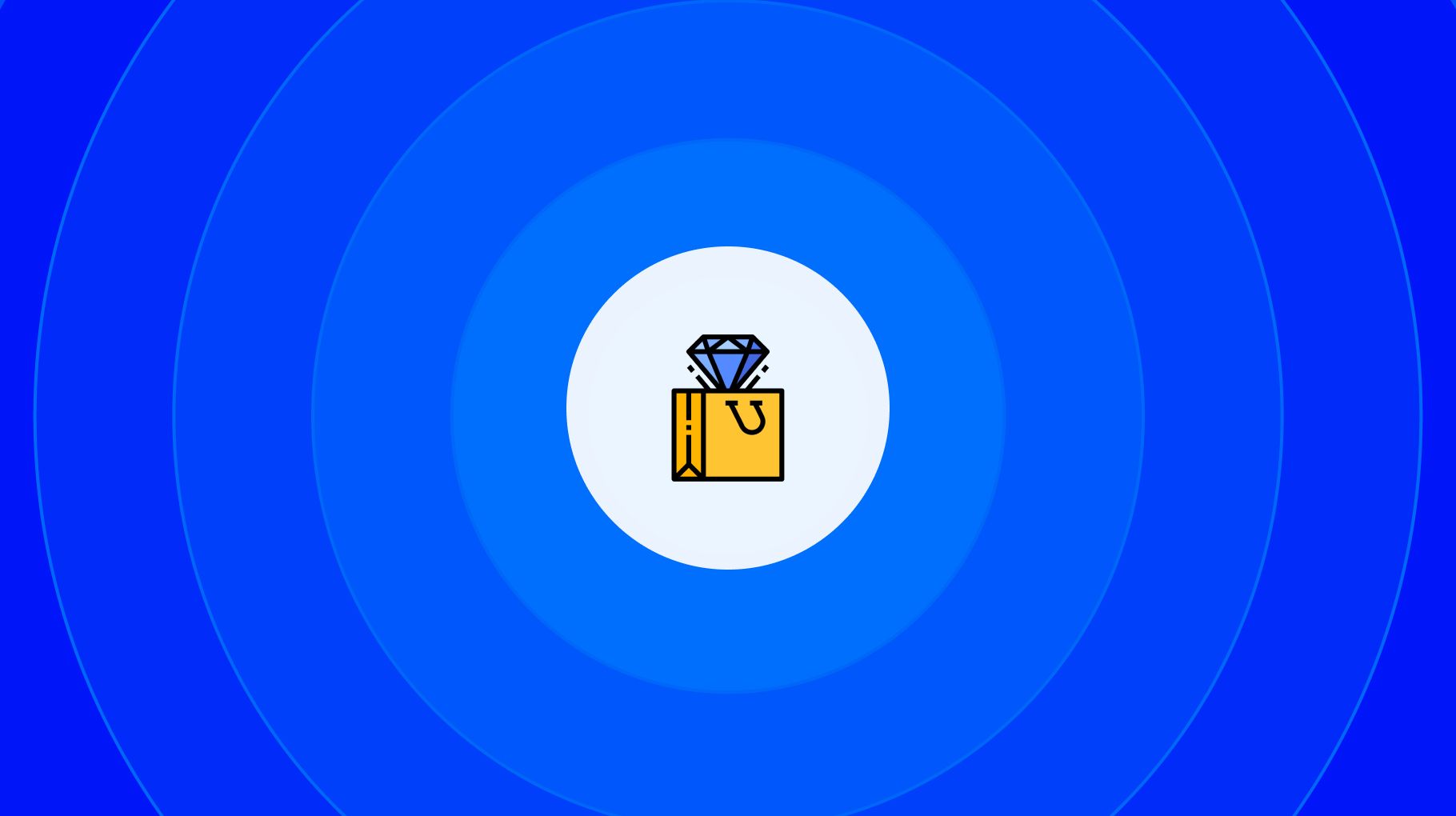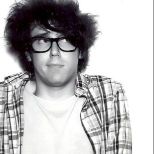
Last Updated on December 28, 2023 by Ch David
This research article delves into the Luxury Industry‘s revenue, valuation, growth, key players, customer demography, and more.
The luxury industry’s market value in 2022, reached €353 billion (about $383 billion USD), compared to €262 billion (about $285 billion USD) in 2018.
| Year | Luxury Industry Market Value (EUR) | Luxury Industry Market Value (USD) |
|---|---|---|
| 2022 | €353 billion | $383 billion |
| 2021 | €290 billion | $315 billion |
| 2020 | €220 billion | $239 billion |
| 2019 | €281 billion | $305 billion |
| 2018 | €262 billion | $285 billion |
| 2017 | €254 billion | $276 billion |
| 2016 | €244 billion | $265 billion |
| 2015 | €245 billion | $266 billion |
| 2014 | €219 billion | $238 billion |
| 2013 | €212 billion | $230 billion |
Source: Statista
In 2022, the luxury industry’s market value by sales channels was led by Monobrand stores with €120.02 billion ($130.55 billion USD) and online at €74.13 billion ($80.64 billion USD).
Specialty stores, department stores, outlets, and travel retail (airport) also had major contributions.
| Luxury Industry Sales Channels | Luxury Industry Market Value (EUR) | Luxury Industry Market Value (USD) |
|---|---|---|
| Monobrand stores | €120.02 billion | $130.55 billion |
| Online | €74.13 billion | $80.64 billion |
| Specialty stores | €52.95 billion | $57.6 billion |
| Department stores | €52.95 billion | $57.6 billion |
| Outlet | €42.36 billion | $46 billion |
| Travel Retail | €10.59 billion | $11.52 billion |
Source: Statista
Luxury Goods market revenue was $355 billion in 2023, with a projected annual growth rate of 3.38%. It showed consistent growth from $286 billion in 2018 to $355 billion in 2023.
| Year | Luxury Industry Revenue |
|---|---|
| 2023 | $355 billion |
| 2022 | $313 billion |
| 2021 | $294 billion |
| 2020 | $259 billion |
| 2019 | $306 billion |
| 2018 | $286 billion |
Source: Statista
The United States stands as the top revenue generator in the Luxury Goods industry with $75.69 billion in 2023, followed by China at $53.61 billion and Japan at $30.49 billion.
Other prominent contributors include the United Kingdom, Italy, and Germany, each surpassing $12 billion.
Spain, India, and Australia also make significant contributions, each exceeding $7 billion in luxury revenue.
| Country | 2023 | 2022 | 2021 | 2020 | 2019 | 2018 |
|---|---|---|---|---|---|---|
| United States | $75.69 billion | $69.52 billion | $64.12 billion | $59.11 billion | $68.94 billion | $64.34 billion |
| China | $53.61 billion | $48.91 billion | $42.70 billion | $40.24 billion | $44.09 billion | $39.98 billion |
| Japan | $30.49 billion | $26.40 billion | $25.98 billion | $24.78 billion | $25.89 billion | $23.47 billion |
| France | $18.32 billion | $14.56 billion | $15.08 billion | $12.99 billion | $15.76 billion | $15.55 billion |
| United Kingdom | $16.37 billion | $13.73 billion | $13.54 billion | $10.87 billion | $12.91 billion | $12.22 billion |
| Italy | $15.37 billion | $12.32 billion | $12.90 billion | $11.03 billion | $13.78 billion | $13.87 billion |
| Germany | $15.33 billion | $12.14 billion | $12.50 billion | $11.55 billion | $12.82 billion | $12.51 billion |
| Spain | $8.85 billion | $6.59 billion | $7.08 billion | $5.85 billion | $7.23 billion | $6.99 billion |
| India | $7.74 billion | $7.52 billion | $5.19 billion | $4.58 billion | $6.94 billion | $6.09 billion |
| Australia | $7.04 billion | $6.27 billion | $6.48 billion | $4.42 billion | $5.71 billion | $5.43 billion |
| Canada | $6.89 billion | $6.25 billion | $5.75 billion | $4.93 billion | $5.77 billion | $5.48 billion |
| South Korea | $6.73 billion | $6.01 billion | $5.76 billion | $4.44 billion | $5.15 billion | $4.70 billion |
| Switzerland | $4.96 billion | $4.29 billion | $4.61 billion | $3.98 billion | $4.25 billion | $4.00 billion |
| Thailand | $4.64 billion | $4.28 billion | $3.24 billion | $3.10 billion | $3.23 billion | $2.63 billion |
| Netherlands | $4.25 billion | $3.53 billion | $3.51 billion | $3.10 billion | $3.31 billion | $3.14 billion |
Source: Statista
The biggest product category is Luxury Fashion, generating $112 billion in 2023.
Other major categories include Luxury Watches & Jewelry ($75 billion), Luxury Leather Goods ($76 billion), and Prestige Cosmetics & Fragrances ($71 billion).
Luxury Eyewear also contributes $21 billion in revenue.
| Luxury Product Category | 2023 | 2022 | 2021 | 2020 | 2019 | 2018 |
|---|---|---|---|---|---|---|
| Luxury Eyewear | $21 billion | $19 billion | $18 billion | $16 billion | $20 billion | $19 billion |
| Luxury Fashion | $112 billion | $97 billion | $93 billion | $86 billion | $96 billion | $91 billion |
| Luxury Leather Goods | $76 billion | $66 billion | $63 billion | $52 billion | $62 billion | $57 billion |
| Luxury Watches & Jewelry | $75 billion | $68 billion | $64 billion | $55 billion | $67 billion | $63 billion |
| Prestige Cosmetics & Fragrances | $71 billion | $62 billion | $57 billion | $51 billion | $61 billion | $57 billion |
Source: Statista
In 2023, each person contributes about US$46.18 to the luxury industry’s revenues.
Luxury Fashion generates $14.51 per person, Luxury Watches & Jewelry contributes $9.76, Luxury Leather Goods account for $9.87, Prestige Cosmetics & Fragrances bring in $9.28, and Luxury Eyewear amounts to $2.77 per person.
| Luxury Product Category | 2023 | 2022 | 2021 | 2020 | 2019 | 2018 |
|---|---|---|---|---|---|---|
| Luxury Eyewear | $2.77 | $2.48 | $2.33 | $2.09 | $2.65 | $2.59 |
| Luxury Fashion | $14.51 | $12.77 | $12.29 | $11.46 | $12.96 | $12.38 |
| Luxury Leather Goods | $9.87 | $8.7 | $8.32 | $6.96 | $8.4 | $7.74 |
| Luxury Watches & Jewelry | $9.76 | $8.93 | $8.49 | $7.4 | $9.04 | $8.55 |
| Prestige Cosmetics & Fragrances | $9.28 | $8.19 | $7.57 | $6.8 | $8.26 | $7.83 |
Source: Statista
In 2022, the global luxury goods market was distributed among regions as follows: Americas 32%, Europe 27%, China 17%, Rest of Asia 14%, Japan 7%, and Rest of the World 4%.
| Luxury Industry Region | Luxury Industry Market share |
|---|---|
| Americas | 32% |
| Europe | 27% |
| China | 17% |
| Rest of Asia | 14% |
| Japan | 7% |
| Rest of world | 4% |
Source: Statista
In 2022, the luxury goods market experienced diverse growth rates: Europe at 27%, the Americas at 25%, Asia (excluding Japan, including India) at 15%, Japan at 18%, and the rest of the World at 21%.
| Region/Country | Luxury Industry Year-over-year growth |
|---|---|
| Americas | 25% |
| Asia (excluding Japan, including India) | 15% |
| Europe | 27% |
| Japan | 18% |
| Rest of world | 21% |
Source: Statista
In 2023, online sales will contribute 22.4% of Luxury Goods market revenue, while offline sales will make up the remaining 77.6%.
| Year | Luxury Industry Offline Sales Channel | Luxury Industry Online Sales Channel |
|---|---|---|
| 2023 | 77.6% | 22.4% |
| 2022 | 79.2% | 20.8% |
| 2021 | 80.6% | 19.4% |
| 2020 | 82% | 18% |
| 2019 | 86.1% | 13.9% |
| 2018 | 86.8% | 13.2% |
| 2017 | 87.4% | 12.6% |
Source: Statista
Top players in the Luxury Industry are LVMH (15% market share), Estée Lauder, Kering, and L’Oréal (each 5% market share), while other brands account for 70% of the market.
| Brands | Luxury Industry Market Share |
|---|---|
| LVMH | 15% |
| Estée Lauder | 5% |
| Kering | 5% |
| L’Oréal | 5% |
| Other | 70% |
Source: Statista
Louis Vuitton leads as the most valuable luxury brand with $124.27 billion.
Hermès follows at $80.32 billion, then Chanel at $53.02 billion, Gucci at $37.89 billion, and Dior at $10.53 billion.
| Brands | Brand value |
|---|---|
| Louis Vuitton | $124.27 billion |
| Hermès | $80.32 billion |
| Chanel | $53.02 billion |
| Gucci | $37.89 billion |
| Dior | $10.53 billion |
| Cartier | $10.11 billion |
| Rolex | $9.04 billion |
| Saint-Laurent / Yves Saint Laurent | $6.80 billion |
| Tiffany & Co. | $6.72 billion |
| Prada | $5.64 billion |
Source: Statista
Dior stands as the most popular luxury brand online with a score of 93 out of 100 in spring 2022. Gucci follows closely with 91 points, and Louis Vuitton with 87 points.
The ranking is based on factors like Google search volume, website traffic, and social media engagement.
| Luxury brands | Luxury brands index score (1 to 100) |
|---|---|
| Dior | 93 |
| Gucci | 91 |
| Louis Vuitton | 87 |
| Chanel | 84 |
| Prada | 80 |
| Valentino | 79 |
| Ralph Lauren | 74 |
| Saint Laurent | 74 |
| Versace | 73 |
| Alexander McQueen | 70 |
Source: Statista
In a 2022 Chinese luxury consumption survey, 54% of luxury buyers were women, and women also made up 60% of high-spending consumers.
Men constituted 46% of the customer base.
| Luxury Goods Customer Gender | Share of respondents |
|---|---|
| Female | 54% |
| Male | 46% |
Source: Statista
In 2018, Millennials made up 32% of the luxury market, expected to grow to 50% by 2025 according to analysis. In 2022, Generation Z and Millennials comprised 65% of the market, valued at 353 billion euros.
Baby Boomers had 11%, Gen X 25%, and Gen Z 18% of the market share.
| Luxury Goods Customer Generation | 2018 | 2022 |
|---|---|---|
| Gen Z (11 – 26) | 4% | 18% |
| Millennials (27 – 42) | 32% | 47% |
| Gen X (43 – 57) | 38% | 25% |
| Baby Boomers and Silvers (58+) | 26% | 11% |
The difference between normal goods and luxury goods can be summarized as follows:
As of 2023, the luxury goods industry revenue amounts to US$355 billion in 2023 and is expected to grow annually by 3.38% (CAGR 2023-2028).
The United States is the biggest luxury market generating, $75.69 billion in 2023.
The target market for luxury goods can vary depending on the specific product or brand, but these are some of the most common characteristics of luxury consumers.






